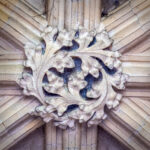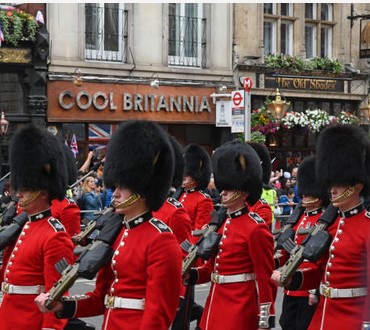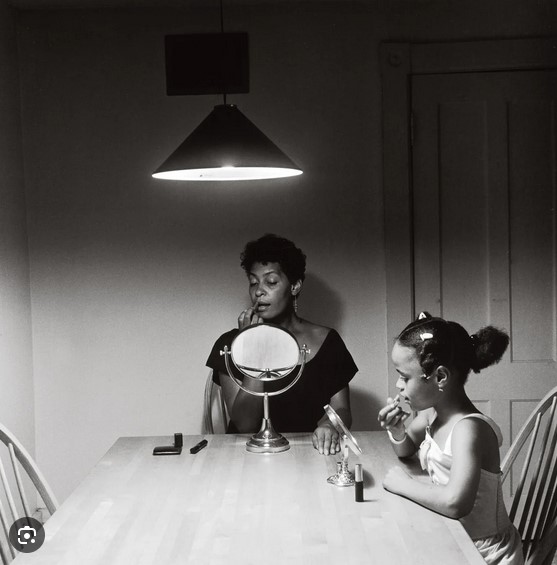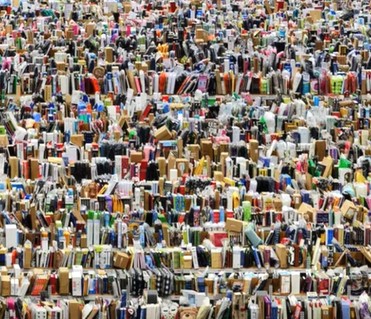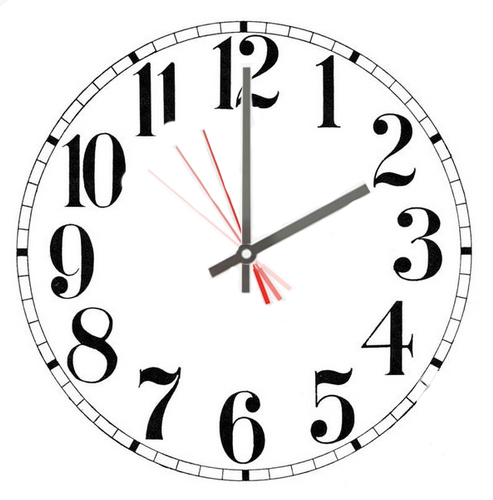I was a bit disappointed that I couldn’t use my own photographs. However given the exercise, a critical analysis must include the cultural and political messages contained in any photograph we might be presented with.
I have two sets of six photographs. Mainly because I was going to look at Britishness through the lives of my neighbours until I realised that I had to look online. I followed through by looking at the Facebook page of my town – Growing up in Chapel-en-le-Frith. Even using a very wide range of search keywords it was a bit lean in examples I felt that I could use. However I felt that there was an unconscious reflection of what it was to be British in these photographs IMO. So I have included them here.
For something a little more relevant and not stretching credulity too much I looked elsewhere on the internet. I’d already thought of Martin Parr and David Bailey as representing aspects of Britishness in their photographs. I lhave looked at using images of British photographers where their images would be a good fit for this project.
My thoughts are that I’m now over 70 years old and my formative years were in the post war years of the 1950’s. My view of being British, its icons and expressions of British culture will probably be quite different from those who were born at the turn of this century. I have become aware that my selection process is as much an aspect of bias in photography, as the photographer’s selection of what to photograph.
Seaside: A strange photograph to have so much publicity and probably it is the aspect of Britishness that makes it interesting. The right third could be considered negative space but says much about British holiday making. The cars, the concrete, the litter, the take-away meal, the lack of facilities. On the left only a child’s legs can be seen with what might be a packed meal or looking at the rubbish fish and chips. The main subject could be the litter overflowing onto the ground or the family prepared to sit in that mess.

An uncomfortable meal of traditional fish and chips at the seaside. I’ve been to many holiday venues where such sights are common and typically a British phenomenon.

The Quirky An image of Grayson Perry taken by Rankin. It expresses for me the willingness of the British to accept quirky and eccentric people. However that acceptance does have limits. The establishment has to enable the acceptance (as Perry himself has suggested in his book ‘Playing to the Gallery’).
Freedom of Speech This image by Don McCullen entitled ‘one man against the law’ seems to uphold the idea that even in the face of intimidation, passive protest and freedom of speech are a citizen’s right. This may be a principle under threat now, but it remains as a concept in British political discourse and consciousness. Even dated photographs like this have a role in helping to ensure we don’t forget or loose freedoms long fought for.


Weather An image by Joshua Jackson. He has captured a wintery wet scene of a city back street in the rain. Even the Romans complained about the weather in Britain as a wet cold place. A woman walks in a city side street, in the shadow under her green umbrella, she is in the bottom left quadrant. A lamp standard cuts the image at the third. Another lamp throws its light across the scene, allowing the yellow brickwork, red door and green plastic bag on the road sweeper’s truck to be seen. A damp walk home, which the woman perhaps having listened to the weather forecast, appears prepared for!
A nice cup of tea After the wet and the cold, or troubles, the British turn to the comfort of tea. This image by Kirsty Mackay reflects her work orientation towards class and social issues. Here we see a table with a pot of tea, filled tea cups and mugs and ice lollies being eaten. There are crumbs that suggest other food has been consumed. Is this a working class form of afternoon tea?


The Monarchy David Bailey’s early portrait of the Queen Elizabeth II displays the regal majesty of the monarch. The Monarch IS the embodiment of Britain. This image supports that view. In it we see the trappings of the monarchy, the icons rooted in our history that are the basis of the British cultural heritage.
